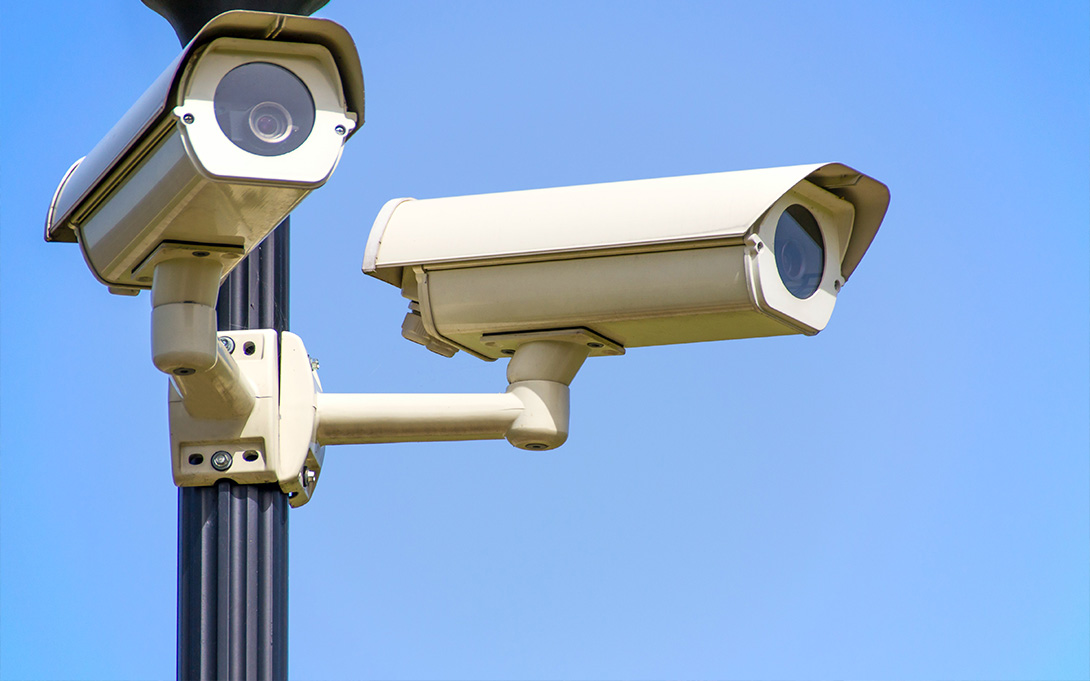
Survey researchers describe a ‘Wild West’ phase, express hope for clarity, regulation
While law enforcement surveillance technology use has boomed, some Michigan officials are wary of adopting newer AI-driven policing tools, according to a University of Michigan survey.
The Michigan Public Policy Survey, conducted last spring by U-M’s Center for Local, State, and Urban Policy (CLOSUP), found most officials are unsure about the accuracy of public safety risk assessments made by automated tools such as AI. However, sheriffs and police chiefs tend to view AI assessments more favorably compared to local government officials and county prosecutors.
A third of Michigan law enforcement leaders say their agencies have adopted or are likely to adopt predictive tools in policing.
The use of more familiar policing technologies has risen sharply in the past decade. Between 2015 and 2024, reports of local law enforcement use of body cameras rose from 23% to 77%, dashboard cameras 55% to 74%, public surveillance cameras 28% to 50%, and drones 3% to 31%.
Still, more recent adoption of newer technologies is less widespread. In 2024, only 26% of sheriffs and police chiefs reported that their agencies used automated license plate readers, 10% employed facial recognition technology and just 3% utilized AI or other predictive tools.
This cautious approach may reflect uncertainties about the accuracy of automated tools. Over half (55%) of local government officials said they were unsure if these tools were more or less accurate than human assessments. Sheriffs and police chiefs (59%) and elected county prosecutors (66%) expressed even greater uncertainty.
“It’s no surprise there’s a lot of uncertainty around the accuracy and impact of tools like predictive policing—most communities haven’t had direct experience with them yet,” said Margaret Wathall, research area specialist on the survey. “These technologies are still new and without clear rules or proven track records. As the tools mature and more communities gain experience with them, we’ll hopefully see greater clarity on using them responsibly.”
Views differed as to whether new technology or equipment were worthwhile. While both groups saw value in such investments, 85% of law enforcement leaders “strongly agreed,” compared to only 62% of local government officials.
The survey also revealed varied levels of trust in AI’s application in prosecutorial uses. Half of Michigan’s county prosecutors trusted AI applications to identify high-risk neighborhoods, while 45% trusted it for processing and analyzing forensic evidence.
There was lower trust in AI use for monitoring social media for potential crimes (38%) and drafting legal briefs (25%). Prosecutors had the least amount of trust (20%) in AI’s capacity to conduct assessments for sentencing and parole, probation and release.
“AI is still in a bit of a Wild West phase,” said Debra Horner, senior project manager on the survey. “However, over a third of sheriffs and police chiefs saying they are currently using or soon to adopt predictive tools for policing and around half of prosecutors saying they at least somewhat trust AI or other automated applications for certain applications.
“That suggests it is a good time for the state of Michigan and individual local governments to consider developing formal regulations around transparent and responsible use of AI in law enforcement.”
CLOSUP, which is part of U-M’s Ford School of Public Policy, received survey responses in April-June 2024 from county, city, township and village officials from 1,307 jurisdictions across the state. It also garnered responses from 54 county sheriffs, 234 chiefs of police or directors of public safety and 55 elected county prosecutors.
The spring 2024 wave of the survey program was funded by a grant from The Joyce Foundation.
